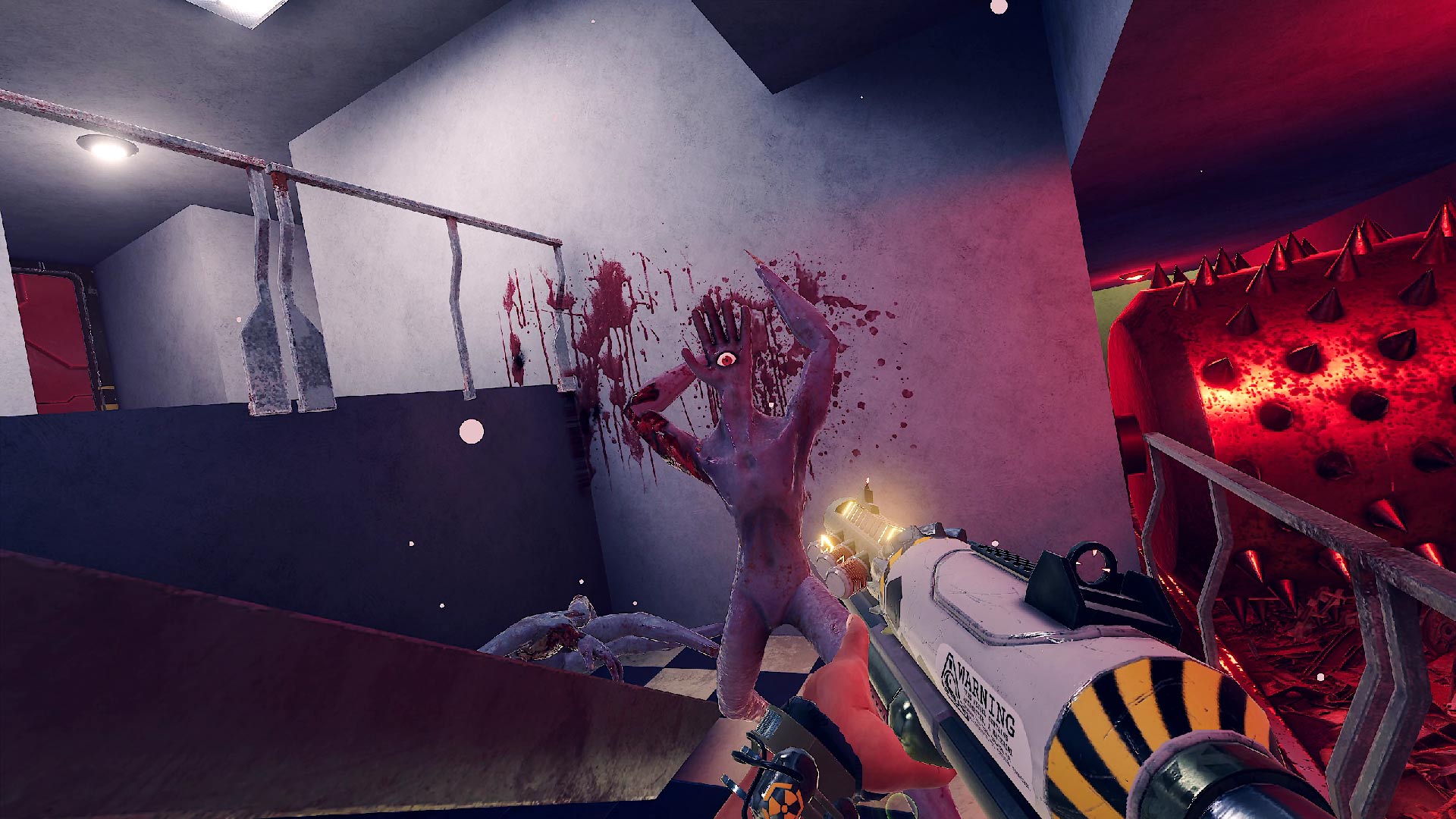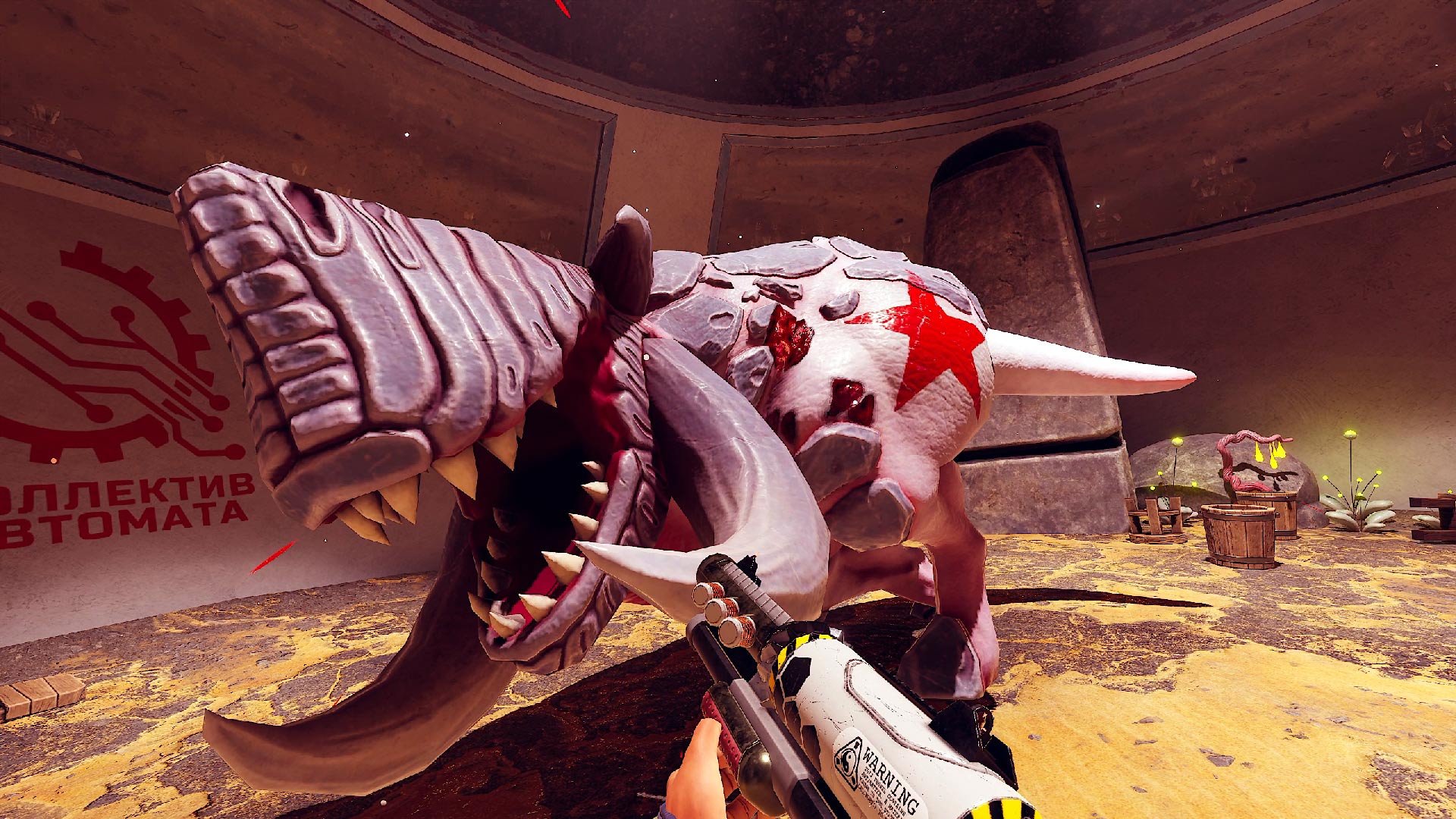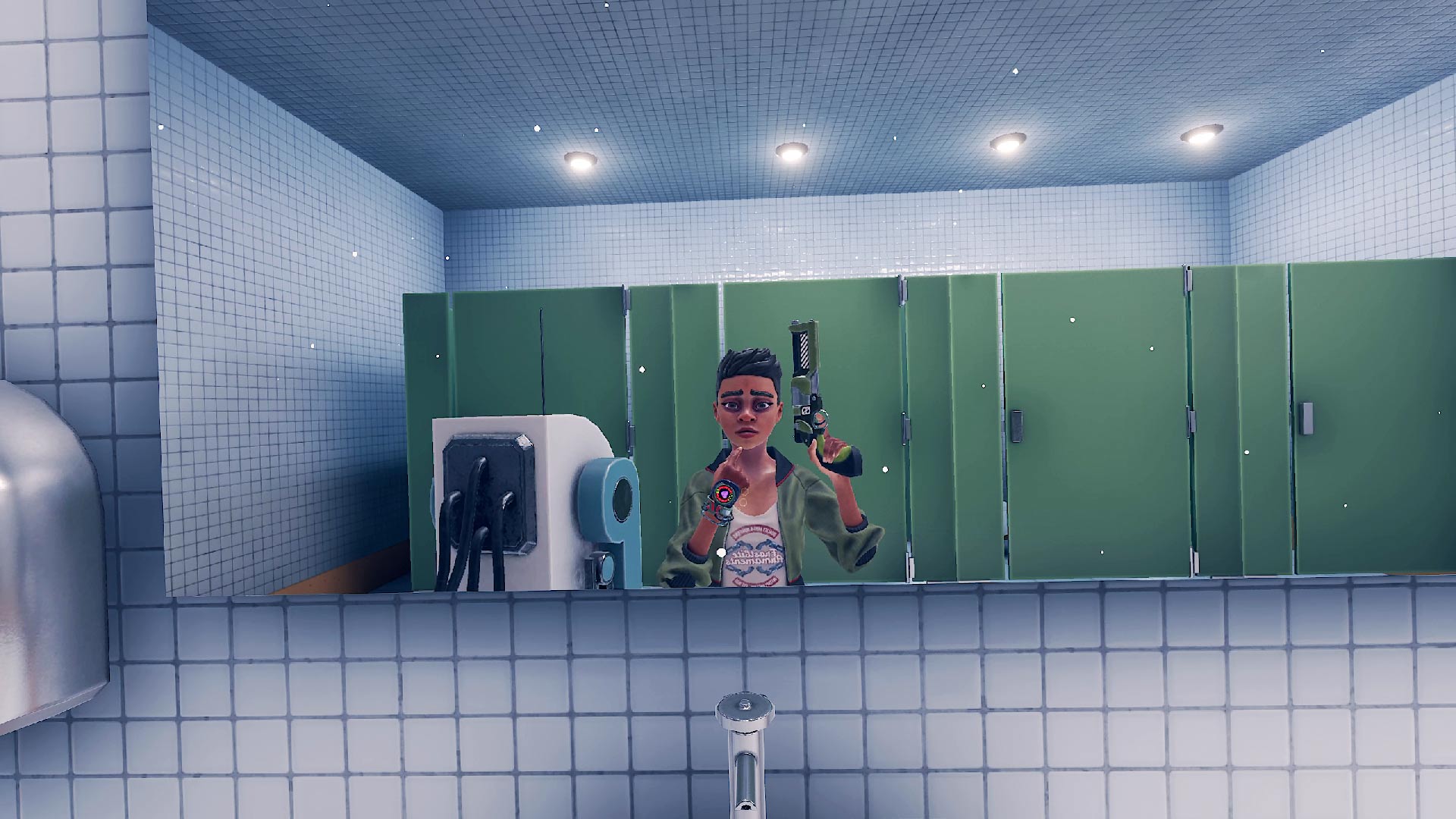Unveiling the Spacetop AR Laptop: AWE 2023 First Impressions
This year’s AWE 2023 was a remarkable testament to the accelerating pace of innovation in the field of augmented reality, hosting an unprecedented 6,000 guests and 300 exhibitors.
Amidst the sea of booths, one exhibit captured sustained attention—the Spacetop laptop by Sightful. Throughout the day, from early morning until the closing hours, its stand was constantly buzzing with activity.
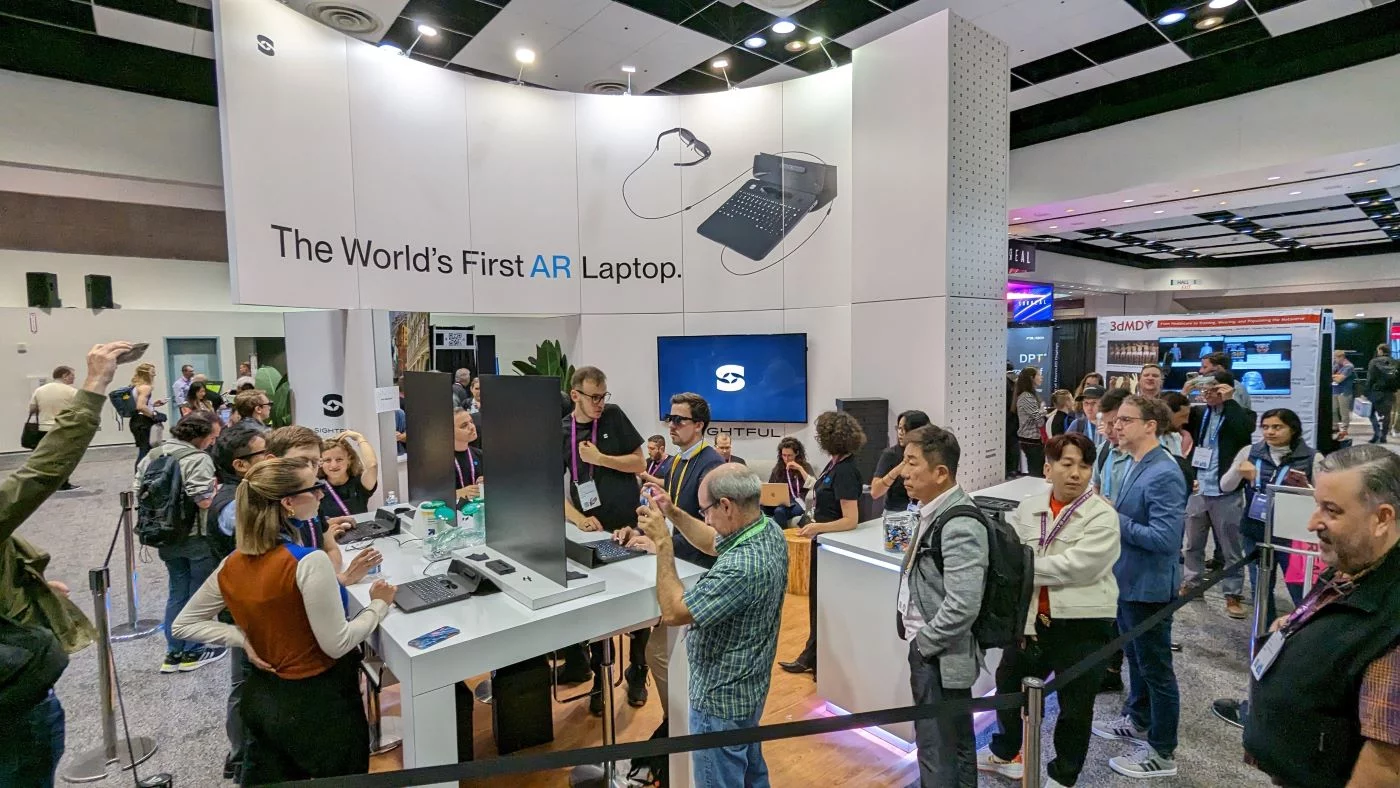
Face-To-Face With The Spacetop
Spacetop’s uniqueness stems from its design—it shuns the traditional physical screen and employs a pair of AR glasses as the display medium. The glasses are not proprietary but are a product of Sightful’s collaboration with XREAL (formerly Nreal), who provided an existing AR solution tailored specifically for Spacetop.

Field of View
With its sleek and futuristic design, the laptop certainly looks promising at a glance. However, a set of issues quickly surfaced during my hands-on experience. The most significant one is the limited field of view that’s insufficient to accommodate the entire screen.
The glasses’ restricted field of view necessitates constant head tilting which undermines the entire purpose of having large virtual monitors and results in what is known as “windowing”—a term used in spatial computing when virtual objects fail to fully overlay and appear cut off.
Attempted solutions like moving the virtual monitor further away were not effective due to the glasses’ 1080p (1920×1080) resolution. Push the screen too far back and the text becomes difficult to read. Therefore, users are forced to deal with near-placed screens that, while clear and readable, outsize Spacetop’s field of view.
Input Solutions and Design
The laptop also lacks hand tracking, a disappointing omission considering the advancements in the field. Users are left with a trackpad, navigating a vast spatial spectrum with a traditional cursor, a process that can feel slow and inadequate. Monica Chin from The Verge has reported instances of losing the cursor among the screens, then struggling to locate it – a problem no doubt amplified by the limited FOV.
Low-precision tasks such as moving tabs or resizing that could be done in fractions of a second with either touchscreen or hand tracking, here took exponentially longer. It made the whole experience of using Spacetop feel frustrating.
There are also other less obvious quibbles. For example, no screen means the webcam must be positioned down on the keyboard. This suboptimal positioning creates an unflattering, spycam-like angle.
Although users can lower their virtual screen to align with the webcam, mitigating gaze-switching between the screen and camera, ultimately the very design of the Spacetop laptop necessitates certain compromises.
Sightful in It for the Long Haul
I asked a Sightful representative about the low field of view and was informed that the company is aware of these display limitations. They assured me that they are prepared to iterate in tandem with the industry.
It seems Sightful is conscious not to portray Spacetop as a purely AR device. More than anything else, Spacetop is a screen-less laptop with a proprietary operating system, Spacetop OS (based on Android), and a unique set of AR-specific features.
In the future, the team may design the laptop to work with any glasses they deem suitable for their purpose. This is their first product and instead of playing catch-up, Sightful is eager to start early and keep perfecting the experience as better, newer glasses come into the market.
However, as things stand today, it’s hard to avoid the obvious question: Why would one choose to splash $2,000 on a Spacetop when one could simply spend $379 on the XREAL glasses (or $488 bundled with the XREAL Beam) and use them to stream from any device? The Spacetop team attempts to answer this by emphasizing their AR-first design and focus.
For instance, executing a three-finger swipe on the touchpad moves screens spatially between closer and further planes. There is also a Reality Mode button that turns the AR off allowing for full pass-through, and a range of shortcuts that enable you to snap screens in place, re-center them, and more. While these improvements and enhancements are handy, they don’t quite seem to justify the substantial premium.
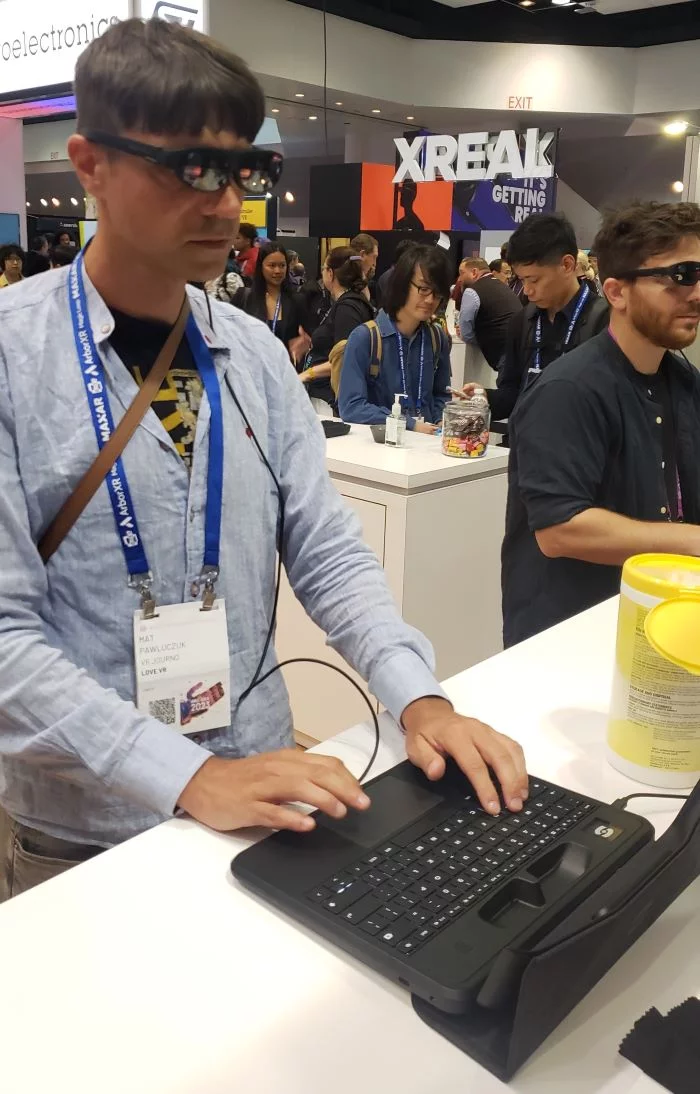
Potential Is There
Initially, I had planned to log into my Twitter account from within the Spacetop, take a screenshot with its webcam, and do a live tweet, heralding the dawn of a new era in spatial laptop computing.
However, the realization that the Spacetop still has some distance to cover before it can be deemed fully user-friendly made it challenging to compose a strictly positive and genuine tweet (time constraints and burdensome trackpad navigation played a role as well).
The potential is undoubtedly there. Large field-of-view, high-resolution AR displays, along with some ultralight tracking solutions, were already being showcased at this year’s AWE and might be integrated into the next generation of glasses.
During my brief encounter with the Spacetop, I could easily envision it becoming a preferred work tool for many, not just for those working from home, but also in cafes or co-working spaces. Moreover, there’s an inherent benefit of privacy. For stock traders, artists, or anyone who values personal workspace, the ability to work on non-public screens adds a lot of appeal.
Its form factor is among the most socially acceptable options available – there’s something about having AR glasses paired with a clearly visible laptop or tablet that makes the entire setup immediately understandable to onlookers. It doesn’t seem to invite confusion or ridicule; if anything, it might invite desirability.

For now, however, Spacetop’s primary promise of being a superior alternative to traditional laptops falls short. Its promotional materials, which depict users encircled by screen panels, feel misleading.
The current iteration is hampered by a lack of hand-tracking, a limited field of view, and clunky user interface solutions. Moreover, the price point does not seem to correspond with the value provided. However, with improvements and upgrades coming, it’s worth keeping an eye on Sightful.
Guest Post
About the Guest Author(s)

Mat Pawluczuk
Mat Pawluczuk is an XR / VR writer and content creator.
Unveiling the Spacetop AR Laptop: AWE 2023 First Impressions Read More »
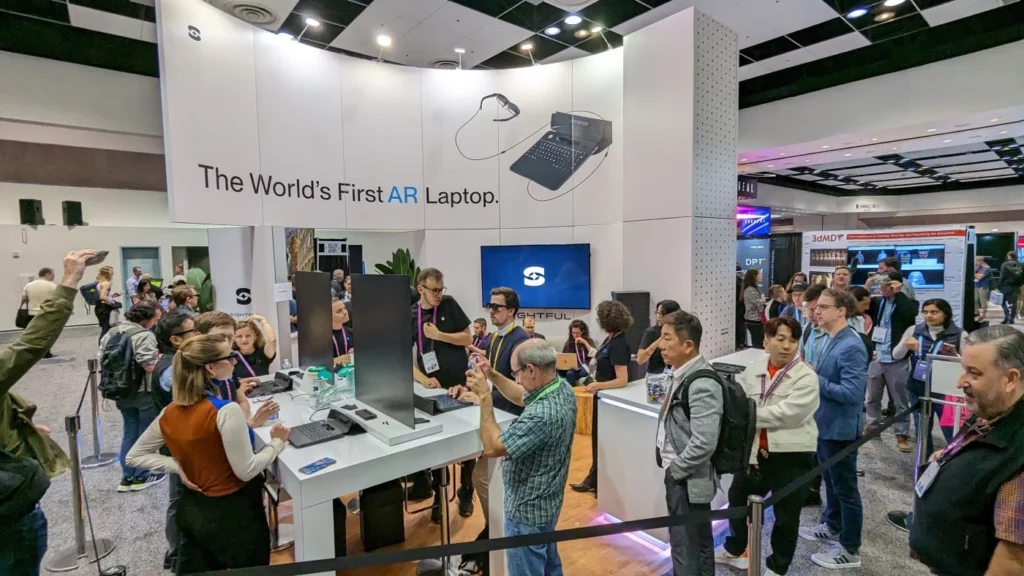
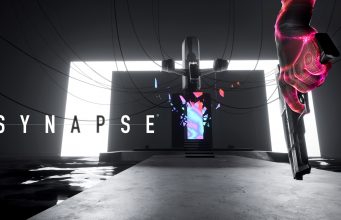
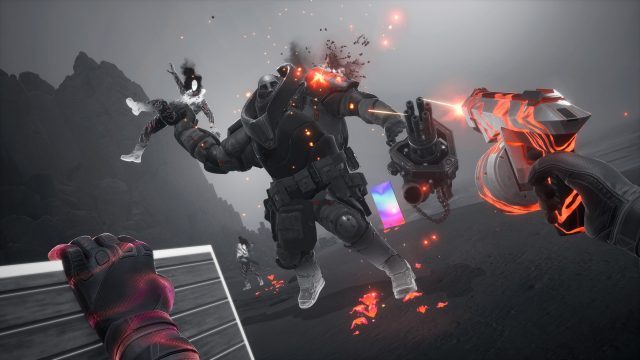
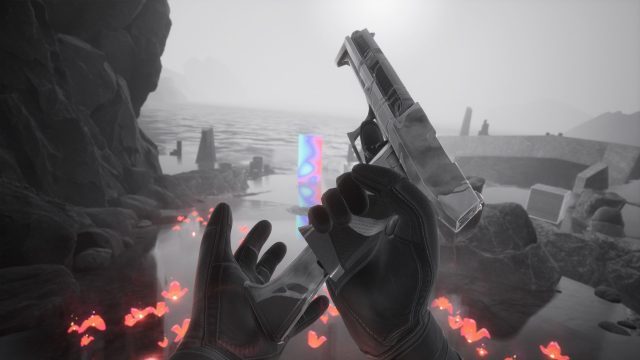
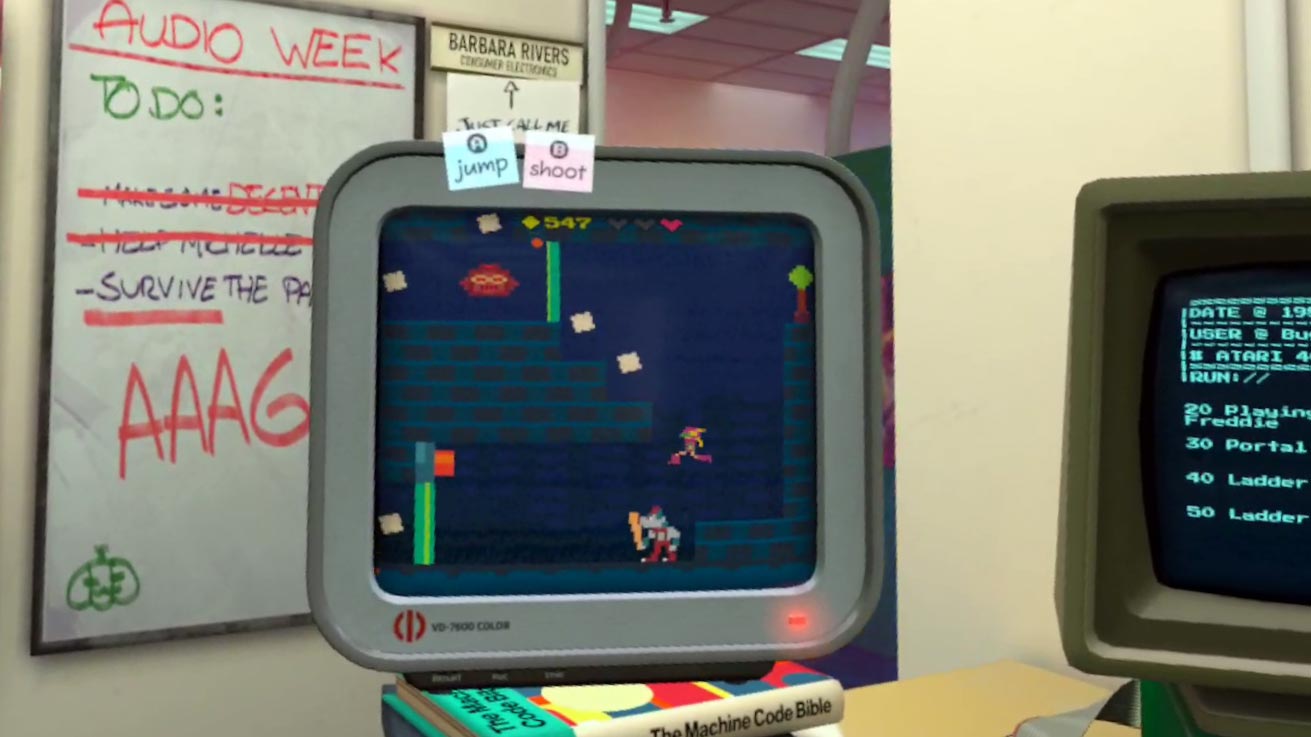
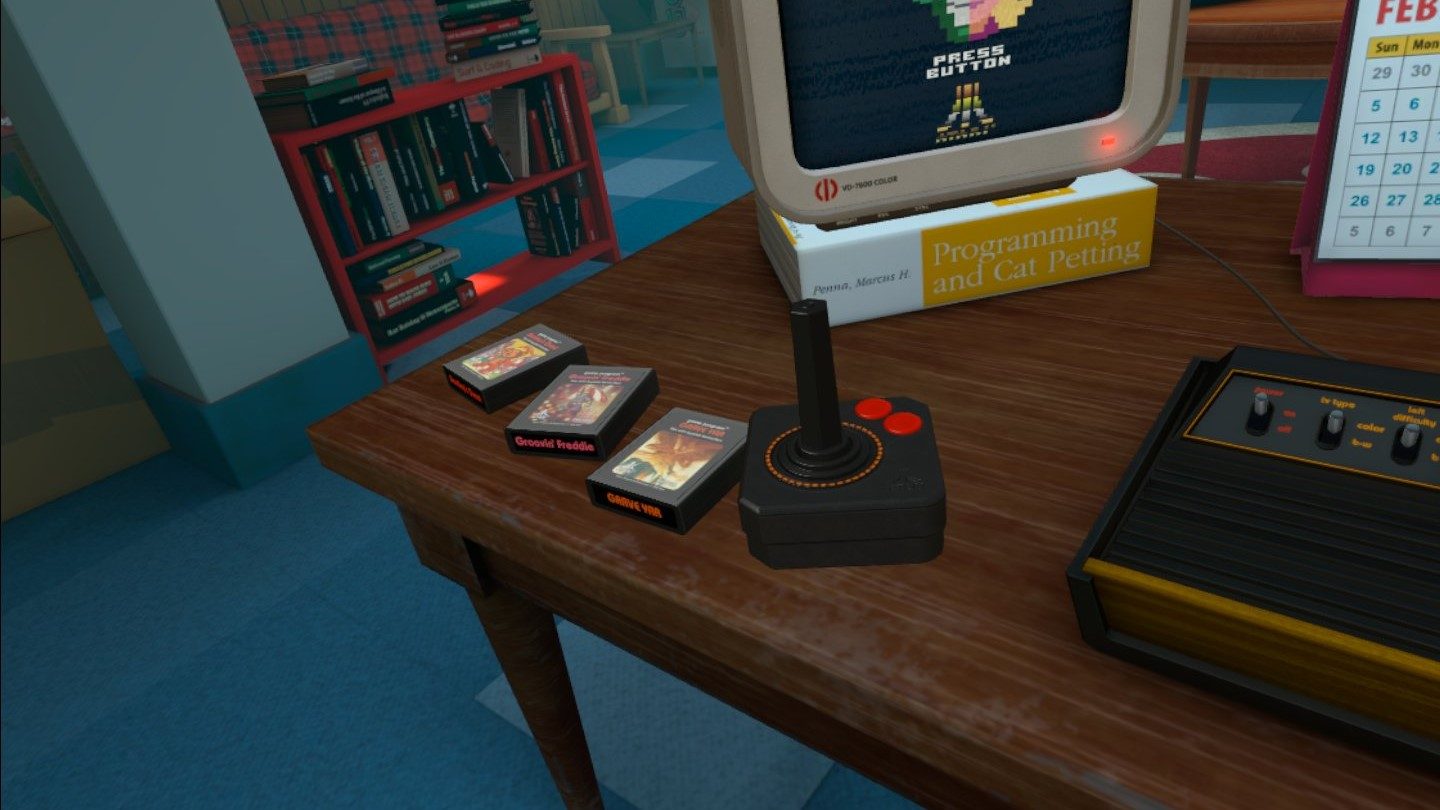
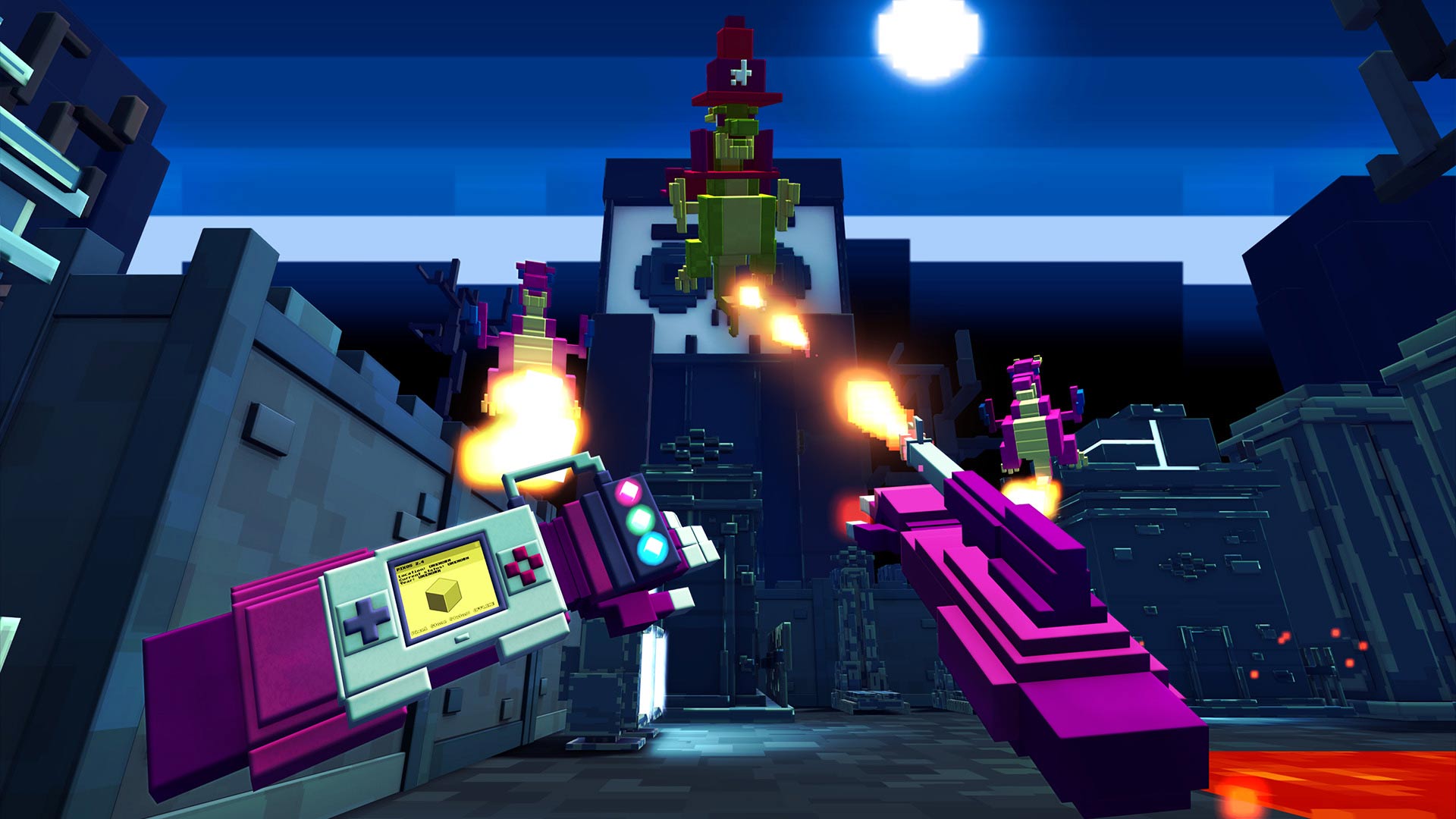
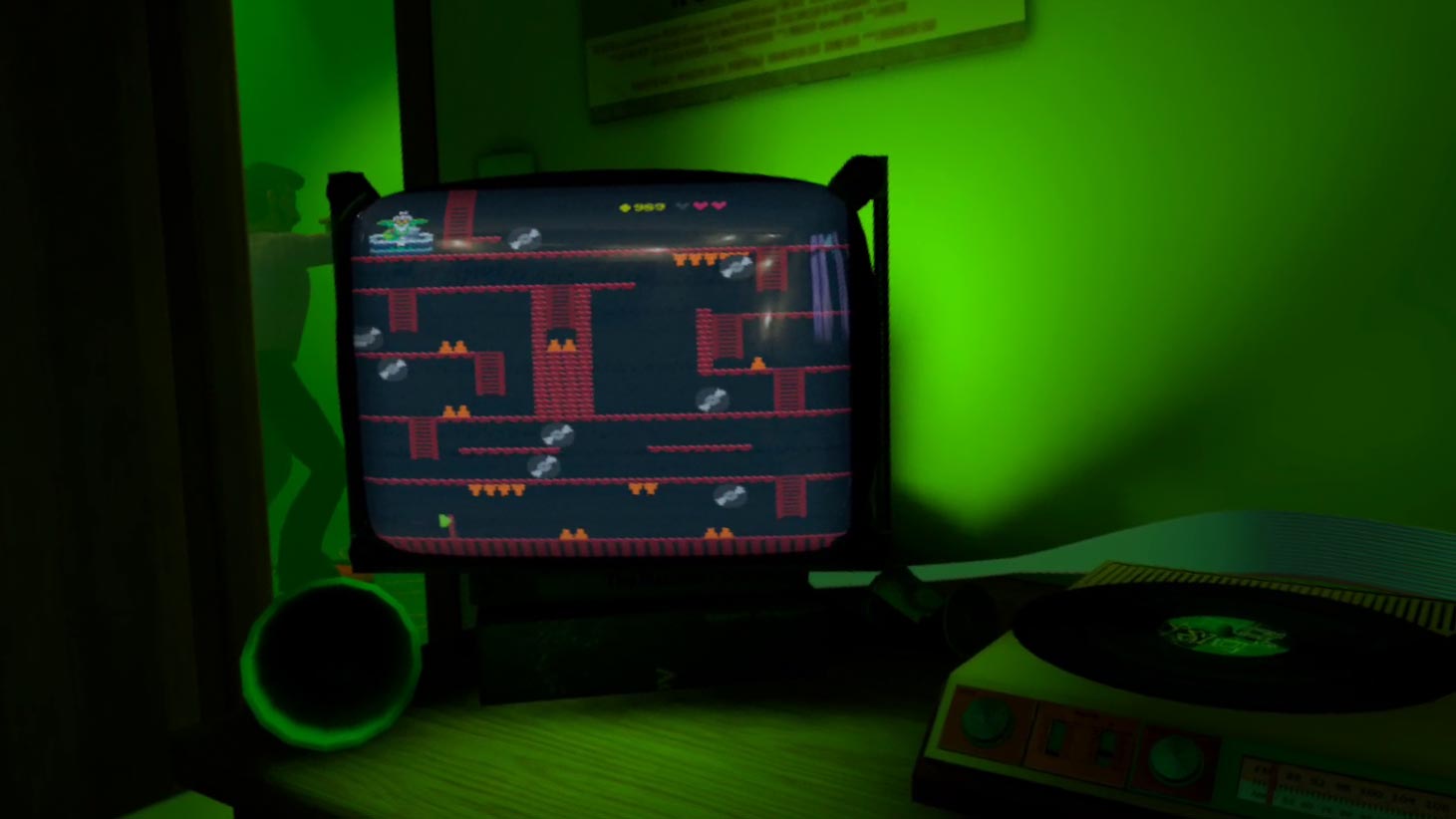
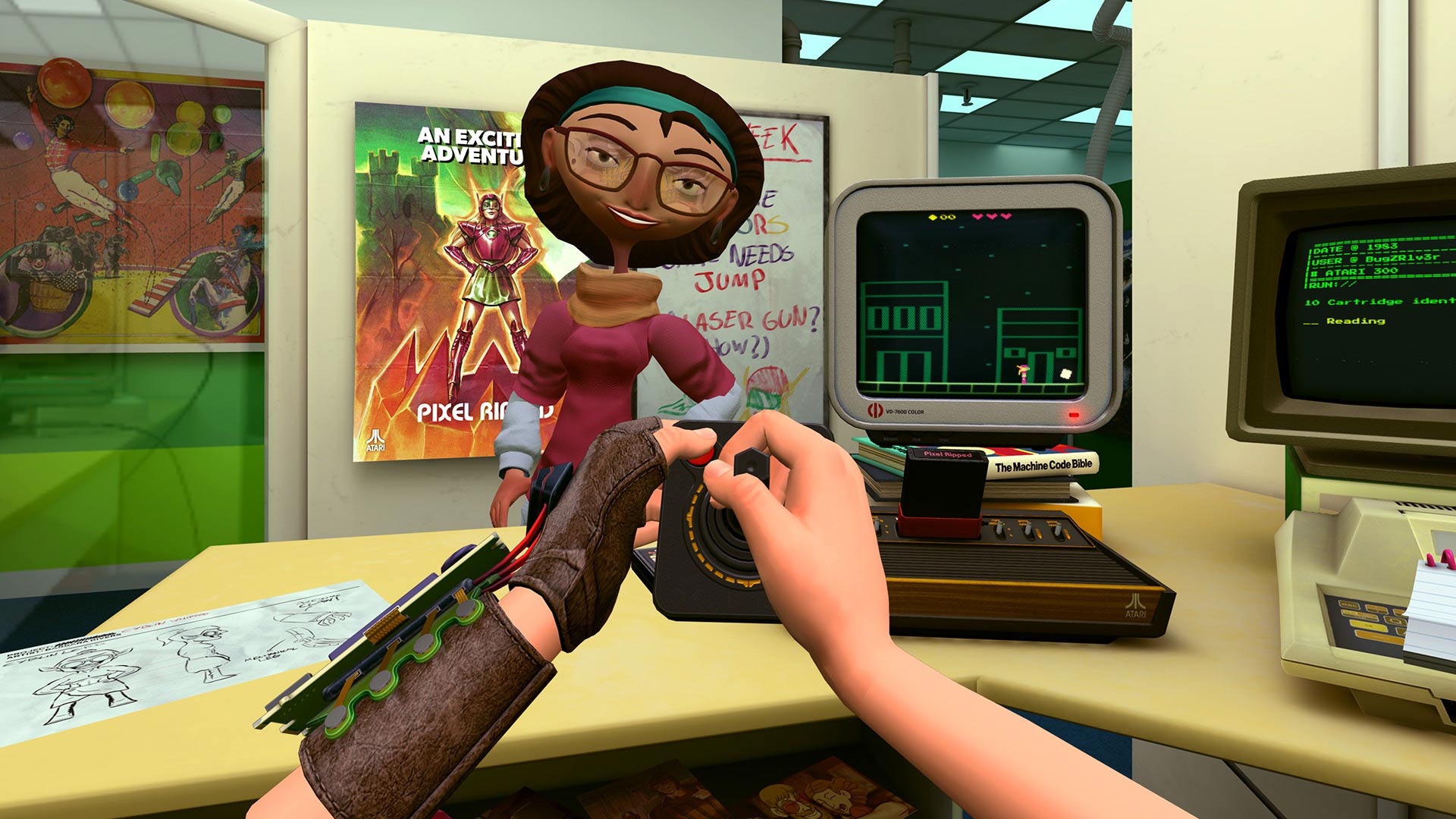
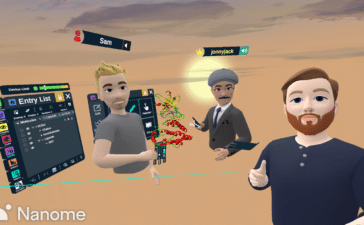











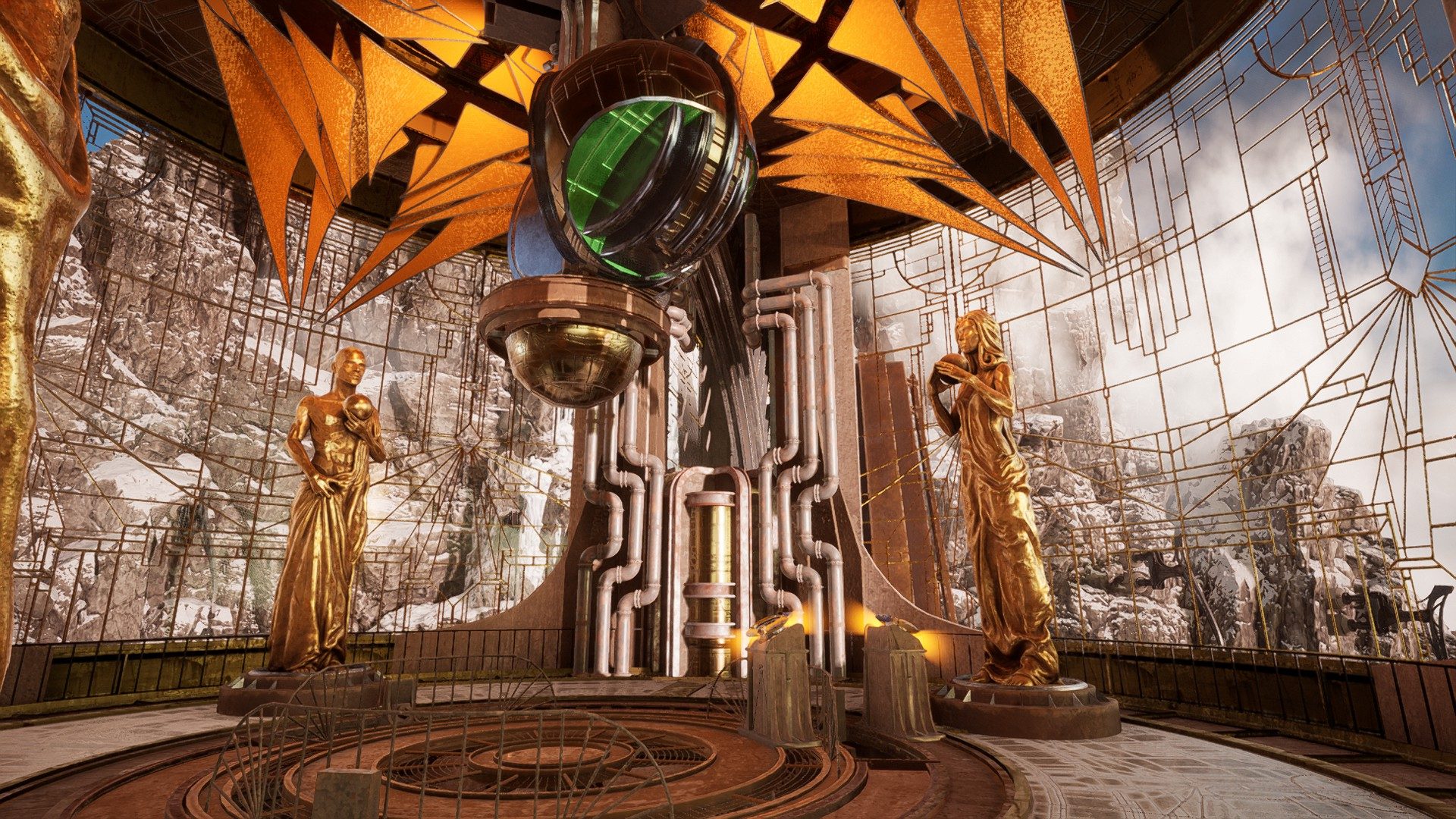
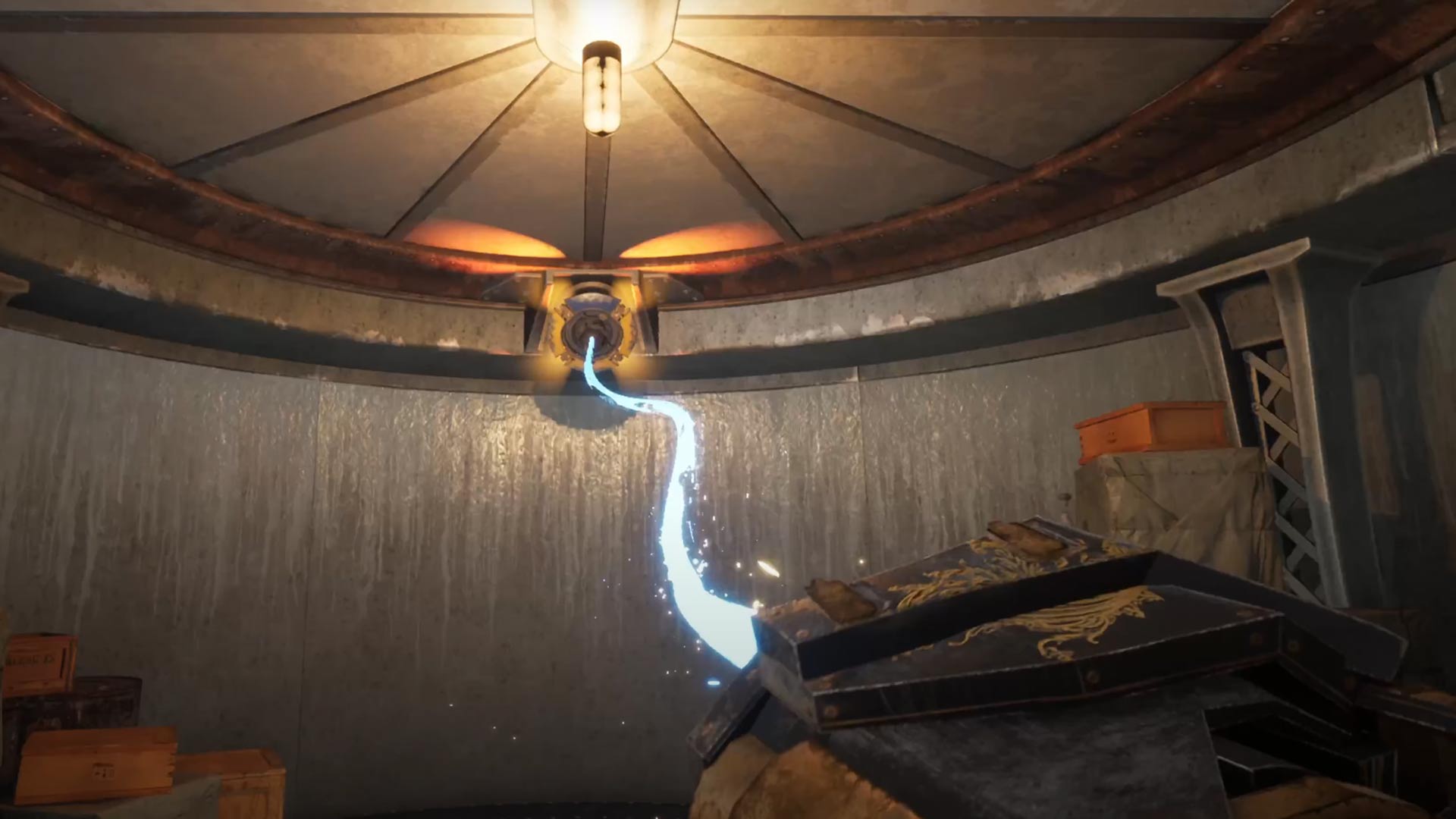
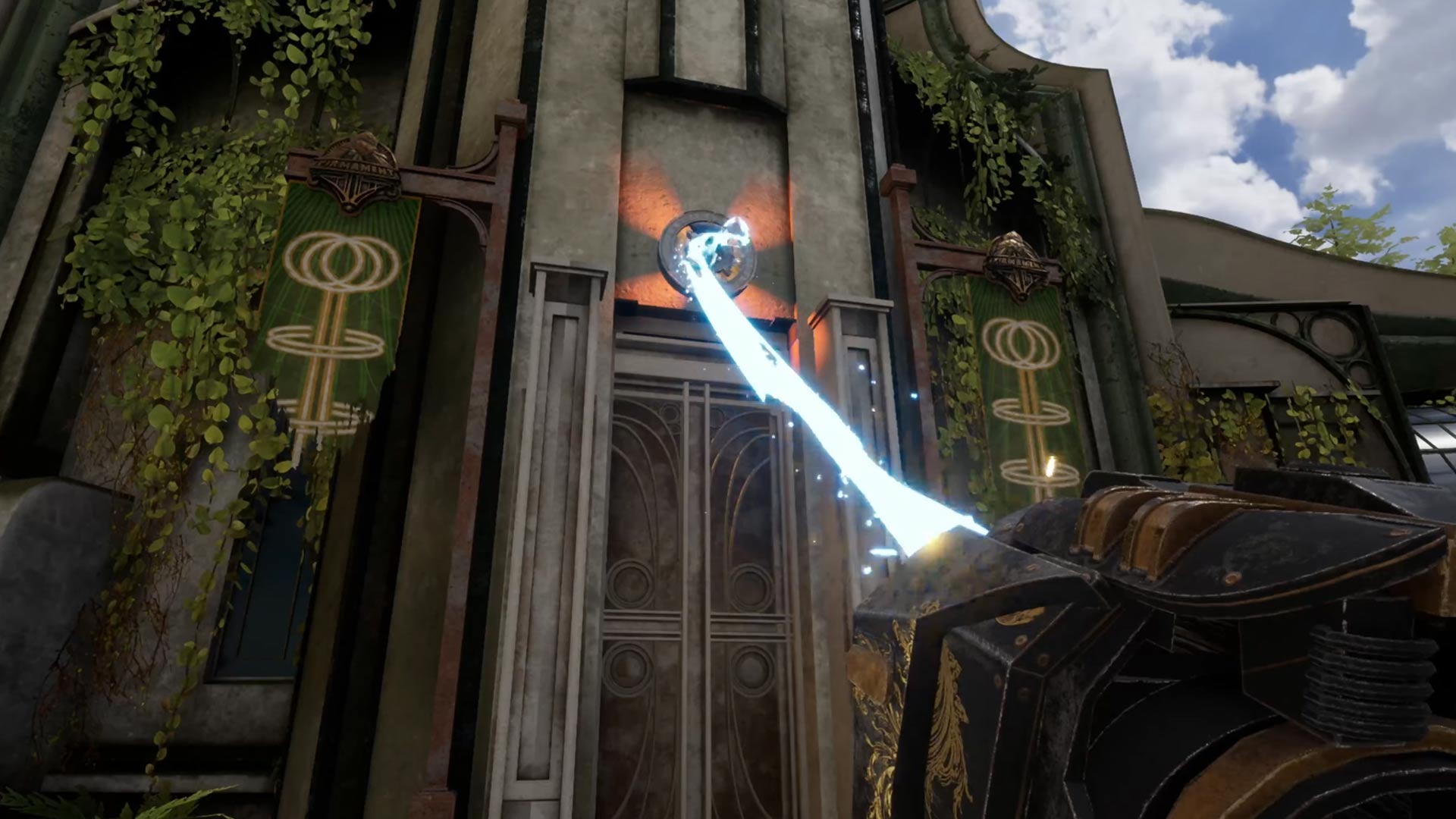
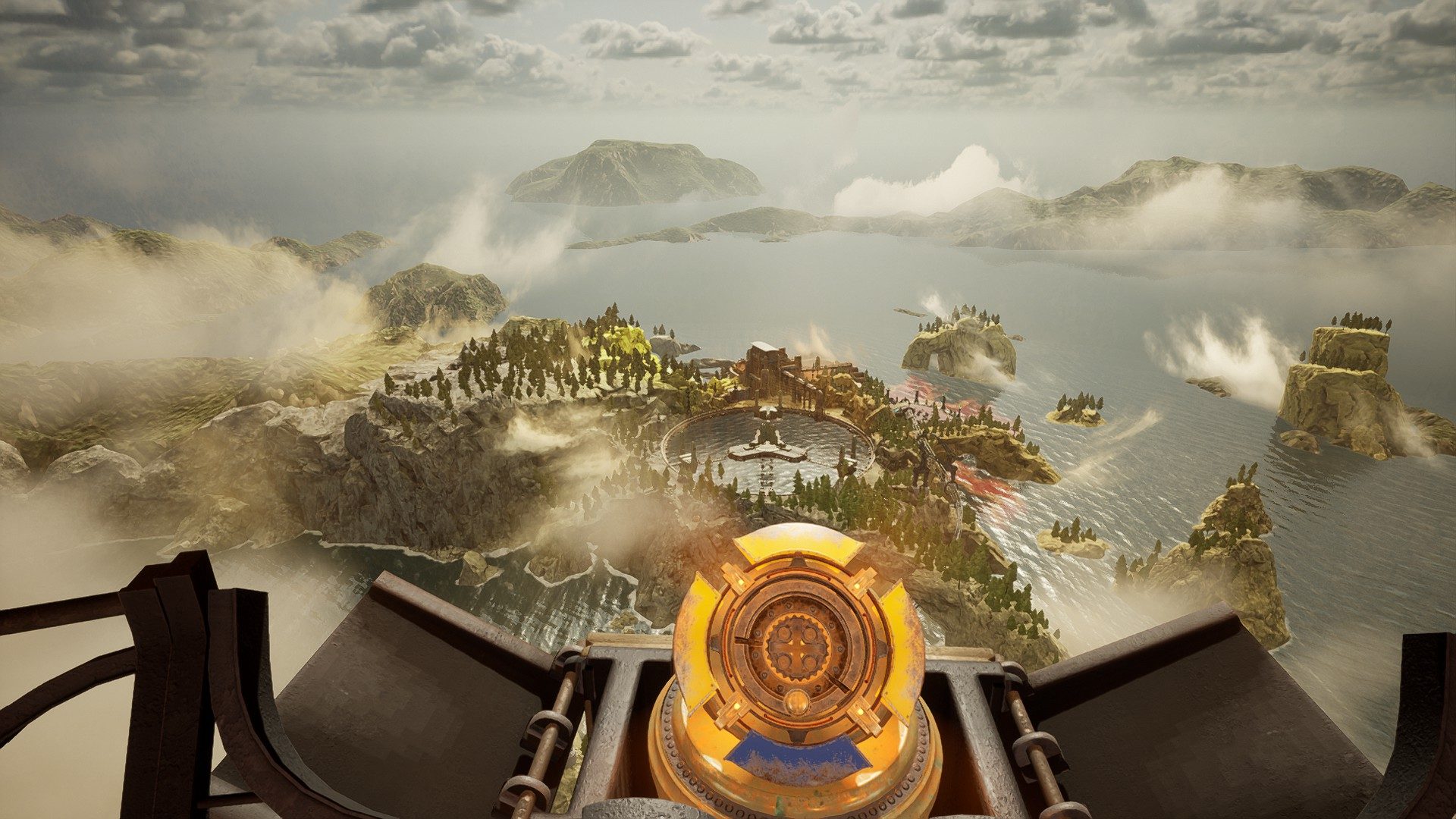





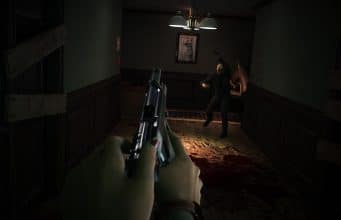
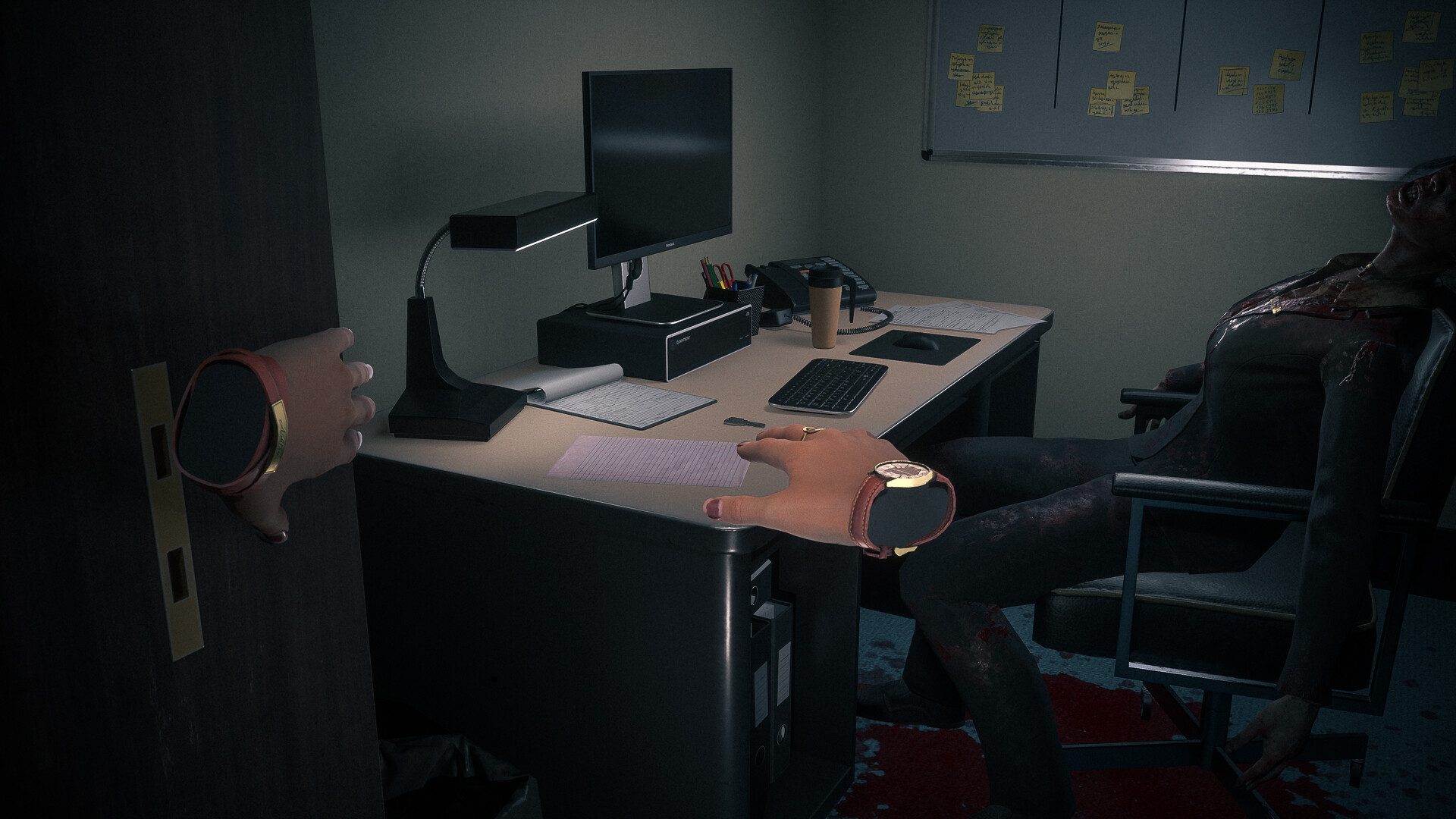
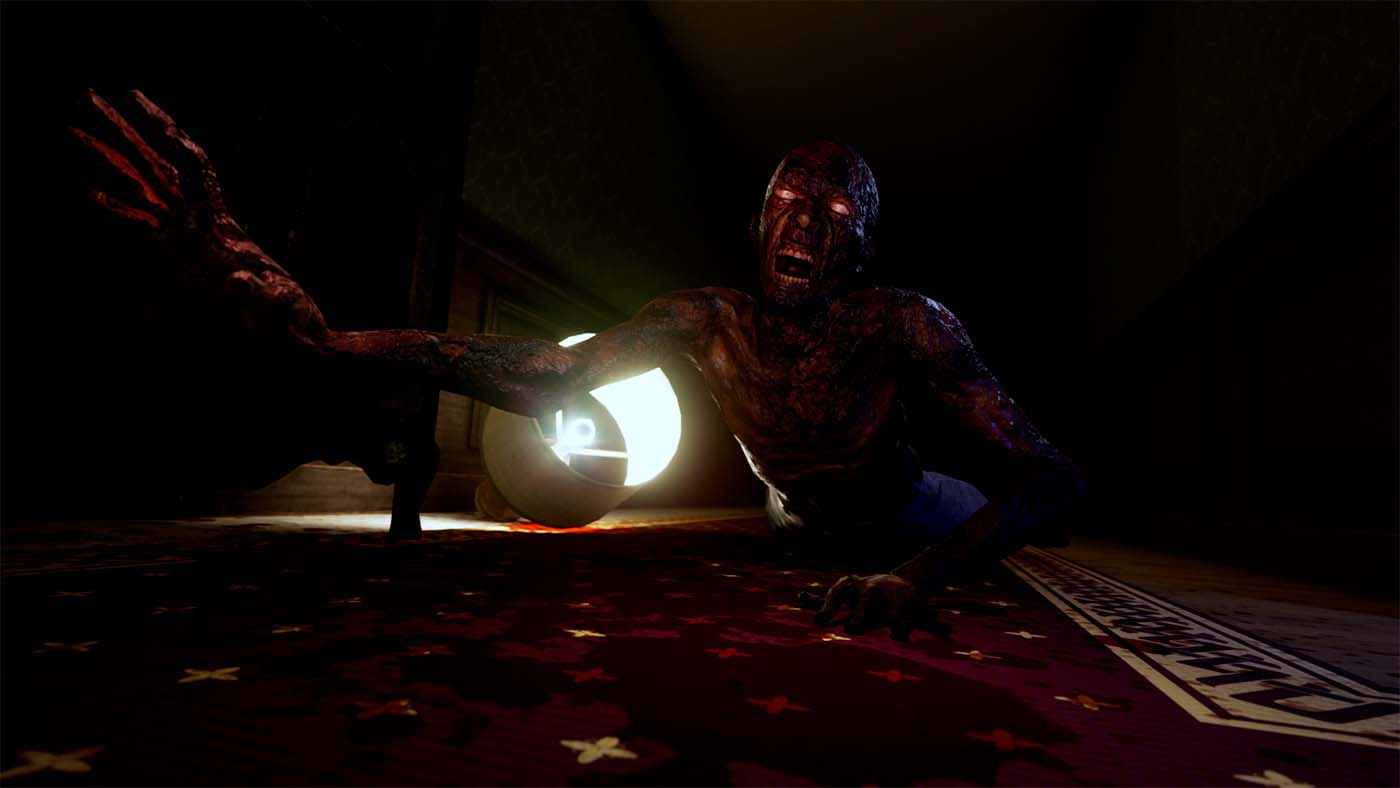

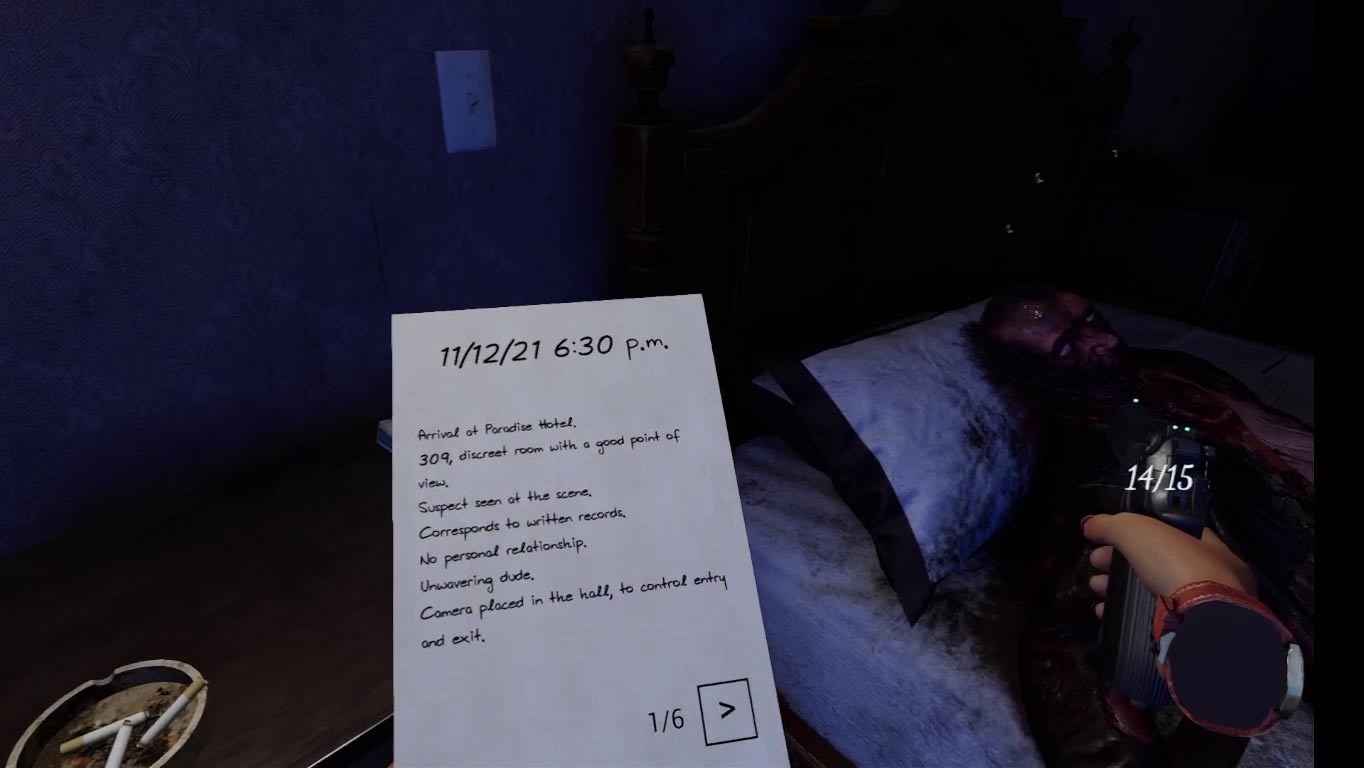

 Readers of ARPost might be principally interested in immersive technologies. Understanding the role that these technologies will play in larger shifts in the coming years requires an understanding of other technologies even though they may feel removed.
Readers of ARPost might be principally interested in immersive technologies. Understanding the role that these technologies will play in larger shifts in the coming years requires an understanding of other technologies even though they may feel removed.







